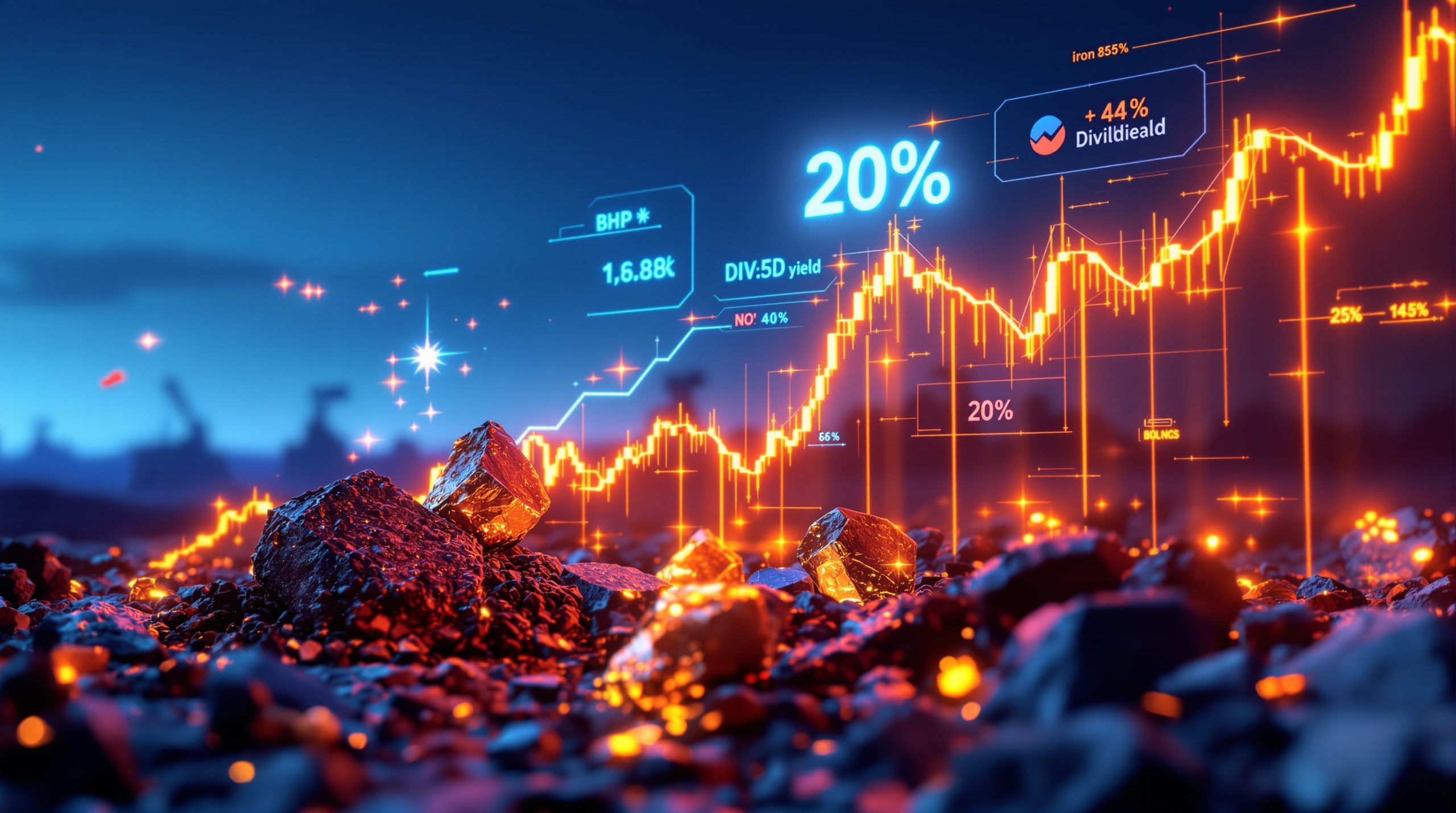What Are the Key Factors Affecting Aluminum Prices in 2025?
The aluminum market is currently experiencing significant price volatility due to a complex interplay of macroeconomic disruptions and seasonal demand patterns. While cost structures and inventory levels provide some price support, weak off-season demand is creating downward pressure, resulting in an intensified price game among market participants.
Macroeconomic Influences on Aluminum Markets
Political pressure on global monetary policy has become a significant driver in the aluminum market. Former U.S. President Trump has recently pressured the Federal Reserve to cut interest rates, elevating market expectations for monetary easing policies. This political dimension has added another layer of complexity to already volatile markets.
"Trump has once again pressured the US Fed to cut interest rates, raising expectations for market easing policies. Sino-US economic and trade communications remain neutral, but Trump's tariff hike […] postponed the negotiation window, with trade friction uncertainties suppressing global aluminum trade liquidity."
– SMM Aluminum Morning Meeting Summary (July 11, 2025)
International trade tensions have intensified with the implementation of new US economy tariffs on 14 countries, effective August 1, 2025. This development has effectively postponed potential trade negotiation windows, creating a climate of uncertainty that market participants must navigate.
Global trade liquidity for aluminum has notably decreased as a direct result of these tensions. The combination of monetary policy uncertainty and trade restrictions has created a risk-averse environment where many traders are reducing position sizes or sitting on the sidelines entirely.
Supply chain participants are exhibiting increased caution due to potential disruptions. With tariffs impact on markets reshaping traditional trade flows, companies are reassessing sourcing strategies and inventory management practices to mitigate risks.
Production Cost Dynamics
The cost structure for aluminum production provides a foundation for understanding price movements. Currently, the average full production cost for domestic electrolytic aluminum stands at approximately 16,550 yuan/mt as of July 2025, according to industry data.
This represents a weekly production cost increase of approximately 80 yuan/mt compared to the previous week, indicating rising input pressures despite weak demand conditions.
The primary driver behind these cost increases has been identified as slight rebounds in alumina spot prices. As alumina represents a significant portion of aluminum production costs, even modest movements in these prices can impact overall production economics.
Despite rising prices, profit margin compression has become evident across the industry. Aluminum smelter profits decreased by approximately 120 yuan/mt week-over-week, reflecting the challenging balance between rising costs and weak seasonal demand.
This cost-price squeeze is particularly concerning for producers operating in higher-cost regions, as their ability to withstand extended periods of margin compression may be limited. Smaller producers without integrated operations are especially vulnerable to these market conditions.
How Is Seasonal Demand Affecting the Aluminum Market?
The current market is experiencing pronounced off-season effects across multiple downstream sectors, creating significant demand-side challenges despite supportive inventory trends. This traditional summer lull has been exacerbated by macroeconomic uncertainties.
Downstream Demand Patterns
Operating rates in aluminum processing sectors remain sluggish amid the seasonal downturn. The typical summer maintenance schedules have aligned with weakening order books to create substantial demand reduction.
Price sensitivity has become acute during this period. Rising aluminum prices during the traditional off-season have further suppressed demand from end-users who are already operating with reduced production schedules. This creates a negative feedback loop where higher prices trigger additional demand destruction.
The photovoltaic sector, typically a bright spot for aluminum demand, is showing mixed signals. While July production schedules for PV modules are expected to remain stable month-over-month, disruptions are occurring within the supply chain.
Aluminum frame manufacturers, facing operational losses due to cost-price mismatches, have voluntarily reduced orders to avoid further financial damage. This has led to decreased operating rates throughout the PV aluminum supply chain, despite stable module production targets.
"The off-season atmosphere was strong in most downstream sectors. Aluminum prices rose during the off-season, exerting a more pronounced inhibitory effect on demand. […] Frame manufacturers operating at a loss voluntarily reduced orders."
– SMM Aluminum Morning Meeting Summary (July 11, 2025)
Inventory Dynamics and Price Support
Recent inventory movements have provided some counterbalance to weak demand. Aluminum ingot inventory declined by 8,000 mt to 466,000 mt as of July 10, 2025, representing a modest but meaningful reduction in visible stocks.
This inventory trend reversal—from previous buildup to current destocking—has provided support for aluminum futures and spot prices despite the challenging demand environment. Market participants are closely monitoring whether this trend represents a genuine tightening of supply or merely a temporary logistical phenomenon.
Shipping rhythms appear to be the primary driver behind recent inventory reductions. Fewer cargo arrivals, rather than increased consumption, have contributed to the drawdown in visible stocks. This distinction is critical for assessing the sustainability of current price support.
Market analysts remain cautious about whether the current destocking trend will continue, especially given the disconnect between inventory movements and actual consumption rates. If shipping patterns normalize while demand remains weak, inventories could quickly rebuild.
What's Happening in Different Aluminum Market Segments?
The aluminum market ecosystem shows varying dynamics across primary aluminum, secondary aluminum, and alloy segments, each responding differently to current macro disturbances and weak off-season demand in aluminum price game. These divergent trends highlight the complex interplay of raw material availability, production economics, and end-use demand.
Primary Aluminum Market Conditions
The benchmark SMM A00 aluminum was reported at 20,820 yuan/mt, representing an increase of 160 yuan/mt from the previous trading day. This upward movement occurred despite weak seasonal demand, highlighting the influence of cost support and inventory trends.
Regional differences in pricing have become more pronounced. A price spread of -110 yuan/mt exists between central China and Shanghai markets, reflecting logistics costs and regional supply-demand imbalances. These regional disparities create arbitrage opportunities for traders with strong logistics capabilities.
The relationship between spot and futures markets has also evolved. The spot market showed a discount of 60 yuan/mt against the 07 contract, indicating expectations of near-term price strength despite current demand weakness.
In central China, traders have continuously adjusted premiums to stimulate sales amid weakening downstream consumption. This tactical pricing approach highlights the competitive intensity in regions where demand deterioration has been most pronounced.
Secondary Aluminum Raw Materials
Aluminum scrap prices have demonstrated a strong correlation with primary aluminum movements, rebounding following recent primary aluminum price increases. This relationship reflects the substitution effect between primary and secondary sources.
Regional variations in scrap pricing have become more pronounced. Shanghai, Jiangsu, and Shandong regions closely followed aluminum price movements with adjustments of 100-150 yuan/mt, while other regions showed delayed or muted responses.
Guizhou, Hunan, Guangdong, and Jiangxi regions displayed lagging price adjustments, creating temporary arbitrage opportunities for traders able to move material between regions. These geographic disparities typically normalize over time but can create short-term market inefficiencies.
The price spread dynamics between different aluminum grades provide insight into market conditions. The price difference between A00 aluminum and mixed aluminum extrusion scrap expanded to 1,975 yuan/mt, reflecting tight scrap supply and strong demand for recycled material.
Aluminum Alloy Market Performance
The futures market for aluminum alloys has shown remarkable strength. The most-traded cast aluminum alloy futures contract reached a record high of 20,000 yuan/mt since listing, indicating strong speculative interest and positive sentiment toward this market segment.
In the physical market, SMM ADC12 prices increased by 100 yuan/mt to 20,100 yuan/mt, closely tracking the futures market movement. This alignment between physical and paper markets suggests market consensus regarding near-term price direction.
"Both domestic and overseas aluminum scrap supplies have tightened significantly, directly leading to procurement difficulties. […] Multiple secondary aluminum manufacturers have been forced to reduce production or shut down operations."
– SMM Aluminum Morning Meeting Summary (July 11, 2025)
Supply constraints have become acute in both domestic and international markets. Both domestic and overseas aluminum scrap supplies have tightened significantly, creating procurement challenges for secondary producers reliant on these inputs.
These raw material shortages have forced difficult decisions for producers. Multiple secondary aluminum manufacturers have reduced production or completely shut down operations due to insufficient raw material supply and unfavorable economics, further tightening finished alloy availability.
What Are the Shanghai Futures Exchange (SHFE) Aluminum Trading Patterns?
The futures market provides important indicators of market sentiment and potential price direction, with recent trading showing notable patterns that offer insight into market expectations and positioning.
Recent SHFE Trading Activity
The most-traded SHFE aluminum 2508 contract closed at 20,760 yuan/mt in the most recent session. This contract demonstrated moderate volatility, reaching a high of 20,795 yuan/mt and a low of 20,690 yuan/mt during the trading day.
Market participation metrics showed healthy engagement. Trading volume totaled 47,000 lots with open interest at 260,000 lots, indicating strong liquidity and diverse market participation despite seasonal factors.
For context, international benchmarks showed relative stability. LME aluminum opened at $2,607/mt and closed at $2,608/mt, demonstrating significantly less volatility than the SHFE contract. This divergence suggests that China-specific factors are driving domestic price movements.
The price differential between domestic and international markets continues to influence trade flows and arbitrage activities. This spread is particularly important for bonded warehouse inventory movements and import/export decisions.
Market Positioning and Sentiment
Position changes in the futures market provide insight into sentiment. Bulls mainly increased their positions during recent trading sessions, suggesting growing confidence in price support despite seasonal demand weakness.
Regional inventory trends offer additional market signals. Shanghai Bonded Zone inventory stood at 105,500 mt while Guangdong Bonded Zone inventory was 18,000 mt, representing important offshore supplies that could potentially enter the domestic market.
The combined bonded zone inventory reached 123,500 mt, an increase of 4,400 mt from the previous week. This growth in bonded stocks suggests traders are positioning material strategically, possibly in anticipation of future arbitrage opportunities or changes in import economics.
Aluminum billet inventory, a key indicator of semi-finished material availability, increased by 6,500 mt week-over-week to 160,000 mt in domestic consumption areas. This buildup of semi-finished inventory indicates processing bottlenecks or reduced downstream pulling power.
What's the Outlook for Aluminum Prices?
The aluminum market outlook remains complex, with several competing factors likely to influence price direction in the coming weeks. Market participants must balance short-term tactical considerations against longer-term strategic positioning.
Supportive Factors for Aluminum Prices
The shift from inventory buildup to destocking provides tangible price support. The 8,000 mt reduction in aluminum ingot inventory has helped absorb some of the seasonal demand weakness, preventing more significant price deterioration.
Current production costs of approximately 16,550 yuan/mt establish a potential price floor. As spot prices approach these cost levels, production curtailments become increasingly likely, which would tighten supply and provide price support.
The favorable domestic macroeconomic environment remains generally supportive despite international uncertainties. Domestic infrastructure spending and industrial activity continue to provide a foundation for aluminum demand, even during seasonal slowdowns.
Recent gains in futures contracts indicate some positive sentiment among financial participants. The positioning of speculative traders suggests expectations of price resilience despite current challenges.
Challenges to Price Stability
The pronounced off-season atmosphere across downstream sectors continues to suppress demand. This seasonal weakness typically persists through much of the summer before early autumn recovery begins, creating an extended period of demand pressure.
Ongoing trade tensions and potential tariff impacts create significant market uncertainty. The implementation of tariffs on 14 countries effective August 1, 2025, has introduced new variables that market participants must incorporate into their risk assessments.
Spot market premiums and discounts continue to widen, indicating growing market imbalances. These widening differentials suggest increasing stress in physical markets despite relatively stable headline prices.
Decreasing profit margins for producers may eventually impact supply dynamics. With smelter profits down 120 yuan/mt week-over-week, economic pressure is building on higher-cost producers, potentially leading to production rationalization if conditions persist.
Key Monitoring Points
Whether the current destocking trend continues will be crucial for price support. Market participants should closely monitor weekly inventory reports to distinguish between temporary logistics-driven changes and fundamental supply-demand shifts.
Any signs of demand improvement would significantly impact market balance. Early indicators of autumn restocking or unexpected consumption increases could rapidly shift market sentiment and pricing dynamics.
Further movements in alumina prices could shift the production cost floor. As the primary cost driver for aluminum production, alumina price trends provide insight into future production economics and potential supply responses.
Resolution or escalation of trade tensions could dramatically alter market sentiment. Any developments in trade policy or negotiations could trigger significant repositioning across both physical and financial markets.
FAQ: Understanding the Aluminum Market in 2025
How are tariffs affecting the global aluminum trade?
The implementation of tariffs on 14 countries effective August 1, 2025, has created significant uncertainty in global aluminum markets. These trade barriers are suppressing global aluminum trade liquidity and increasing risk-aversion throughout supply chains. Market participants are postponing major decisions until the trade negotiation window reopens, leading to reduced transaction volumes and increased price volatility.
The tariffs have disrupted traditional trade flows, forcing material to seek alternative destinations and creating regional price disparities. This redirection of trade has contributed to shipping pattern changes that impact visible inventory levels across different regions. The combination of trade policy uncertainty and resulting supply chain adjustments has amplified normal seasonal volatility.
What is causing the current aluminum inventory destocking?
The recent shift from inventory buildup to destocking is primarily attributed to shipping rhythms and fewer cargo arrivals rather than increased consumption. This logistical pattern has temporarily reduced visible inventory levels, providing short-term price support despite weak downstream demand.
The aluminum ingot inventory decline of 8,000 mt to 466,000 mt as of July 10, 2025, reflects these shipping patterns rather than fundamental demand improvement. Market analysts remain cautious about the sustainability of this trend given the weak downstream demand during the current off-season period.
If shipping patterns normalize while consumption remains subdued, inventories could quickly rebuild. This possibility makes the current inventory-driven price support potentially fragile without corresponding demand improvement.
Why are secondary aluminum manufacturers reducing production?
Secondary aluminum manufacturers are facing a perfect storm of challenges: tightening scrap supplies (both domestically and internationally), rising raw material costs, and weakening end-user demand. This combination has squeezed profit margins to unsustainable levels, forcing many producers to reduce production volumes or completely shut down operations.
The competition for limited scrap resources has further intensified price pressures. The price difference between A00 aluminum and mixed aluminum extrusion scrap has expanded to 1,975 yuan/mt, reflecting the premium being paid for recycled material despite weak finished goods demand.
This situation highlights the growing importance of scrap supply chains and recycling infrastructure in the aluminum industry. As environmental regulations and carbon reduction goals increase focus on secondary production, securing reliable scrap supplies has become a strategic priority for manufacturers.
How are PV module manufacturers affecting aluminum demand?
While photovoltaic module production schedules are expected to remain relatively stable month-over-month in July 2025, the sector is experiencing some disruptions. Aluminum frame manufacturers, facing operating losses due to high input costs and competitive pressures, have voluntarily reduced orders.
This pullback has led to decreased operating rates in this segment, contributing to the overall weak demand picture for aluminum during the current off-season. The situation demonstrates how cost pressures can propagate through supply chains even when end-product demand remains relatively stable.
The PV sector's influence on aluminum markets has grown significantly in recent years as solar installation growth has accelerated globally. This makes understanding the dynamics within this sector increasingly important for aluminum market participants, particularly during seasonal transitions when traditional construction and industrial demand typically weakens.
Further Exploration:
Readers interested in learning more about aluminum market dynamics can also explore related educational content on mining industry trends and copper price insights. Additionally, for those looking to diversify investments, understanding the gold price forecast can provide valuable context for broader metals market dynamics.
Want to Capitalise on the Next Major Mineral Discovery?
Discovery Alert's proprietary Discovery IQ model delivers instant notifications when significant ASX mineral discoveries are announced, providing a crucial market advantage for both short-term traders and long-term investors. Explore how historic discoveries have generated substantial returns by visiting Discovery Alert's dedicated discoveries page and position yourself ahead of the market.




